 Running a food website has it’s perks, as I found out this week after a call from a PR company representing Purity Brewing Co and Ragley Estate Meats, inviting me to sample a brand new sausage made by Ragley Estate Meats, using Purity’s Pure UBU ale. Now, I’m not one to refuse free food so I was excited to try this exclusive Warwickshire collaboration. I’m also though, not one to have my food messed around with too much – I don’t like sun dried tomatoes in my bread, herbs in my tinned tomatoes, or chilli in my cheese (and definitely not my chocolate), so would I approve of beer in my sausages? Maybe more importantly, how the heck do they get beer into sausages? I was informed that the beer is heated, and the steam from the beer infuses the meat. Phew, that’s that question sorted then.
Running a food website has it’s perks, as I found out this week after a call from a PR company representing Purity Brewing Co and Ragley Estate Meats, inviting me to sample a brand new sausage made by Ragley Estate Meats, using Purity’s Pure UBU ale. Now, I’m not one to refuse free food so I was excited to try this exclusive Warwickshire collaboration. I’m also though, not one to have my food messed around with too much – I don’t like sun dried tomatoes in my bread, herbs in my tinned tomatoes, or chilli in my cheese (and definitely not my chocolate), so would I approve of beer in my sausages? Maybe more importantly, how the heck do they get beer into sausages? I was informed that the beer is heated, and the steam from the beer infuses the meat. Phew, that’s that question sorted then.
So, what to cook to allow me to properly test these sausages? It had to be simple to allow the sausages to be the main event – bangers and mash seemed the obvious choice. However when you’ve got posh sausages, I think it’s worth poshing it up a bit, so I put an Italian twist on bangers and mash and went for potato gnocchi with sausages and a Pure UBU gravy. Here’s the recipe (serves 2):
For the gnocchi
400g cooked and thoroughly mashed or riced potatoes (waxy varieties are good, I used Balfour and added a bay leaf and salt to the cooking water)
100g ’00’ pasta flour (plain flour will do)
1 egg – whisked
 Ensuring the potatoes have cooled from cooking, combine all the ingredients and knead lightly for a minute. Divide into three and roll each out with your hands on a heavily floured work surface into a long sausage that is about 12mm thick. Then, using a knife divide into half inch chunks, and put aside on a floured plate until you need them.
Ensuring the potatoes have cooled from cooking, combine all the ingredients and knead lightly for a minute. Divide into three and roll each out with your hands on a heavily floured work surface into a long sausage that is about 12mm thick. Then, using a knife divide into half inch chunks, and put aside on a floured plate until you need them.
For the sausages
I used 3 sausages for 2 people, but feel free to have more or less. Fry them in a little oil on a low heat for 15-20 minutes until just cooked through.
For the gravy and assembly
30g unsalted butter
60g Pure UBU ale
1 small handful of good grated parmesan (I used 22-month aged)
Salt and Pepper
Ground elder – 1 tablespoon, finely chopped (replace for chives or parsley if you like)
Edible wildflowers to garnish (I used dandelion and lesser celandine)
When the sausages are cooked, remove to a board to rest for a couple of minutes, then slice diagonally into nice chunks. Heat a large pan of water to a rolling boil for the gnocchi. Warm up the beer to just below boiling point in a pan. Prepare to get a bit manic, the next few things need to all happen within about 3 minutes flat! Scrape the frying pan used for the sausages clean and add to it the unsalted butter on a medium heat until it’s foaming. Add to this the warmed beer, and allow the bubbling to emulsify it. Quickly add the gnocchi to the boiling water. Return to the sauce and add the parmesan and stir to distribute throughout the gravy, and season with salt, pepper, and chopped ground elder. Turn down to a low heat. After the gnocchi has had about 2 minutes, it will float to the surface – it is done, drain the water off through a sieve. Now divide the gnocchi and the sausage chunks between two plates, spoon over the sauce and garnish with wildflowers or more chopped herbs, and freshly ground black pepper. Bon Appetit!

The Verdict
The dish was fabulous, the gnocchi was perfectly tender and tasty and the gravy was malty with a hint of bitterness, offset by the freshness of the ground elder. As for the sausages, they were very good – clearly a high pork content (66% according to the packet), very well seasoned, and a deep, rich character from the malt and hops of the beer. Had I not known there was ale in there, I’m not sure I would have been able to detect it, but I’m not sure that’s a bad thing. Overall, it’s a good product, and if you can buy it locally, it’s a good choice for a rich, tasty pork sausage to put centre stage in a posh sausage dish. If you’d like to try for yourself, they’re being formerly launched tomorrow, Saturday 24th April, at Alcester Food Festival. Sadly I can’t be there, although I was asked to do a stall, but if you’re in the neighbourhood, check it out, it should be a great day.

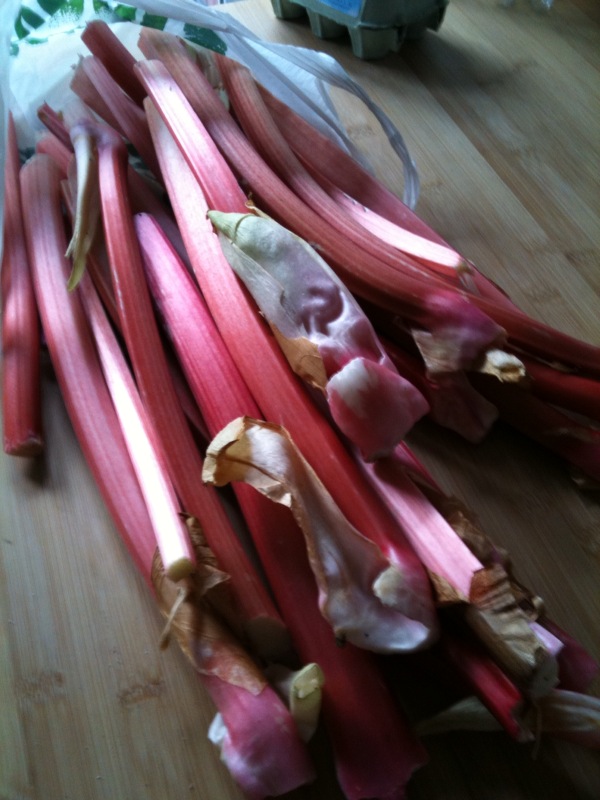

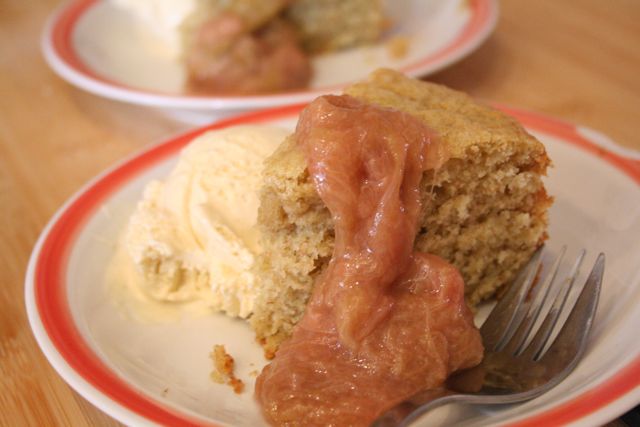



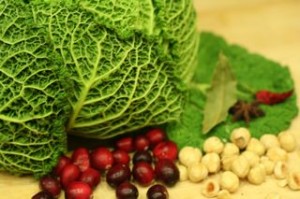
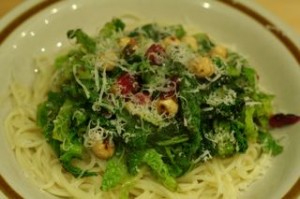
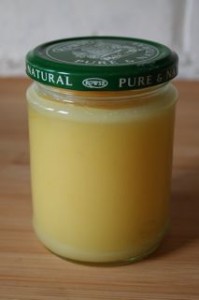



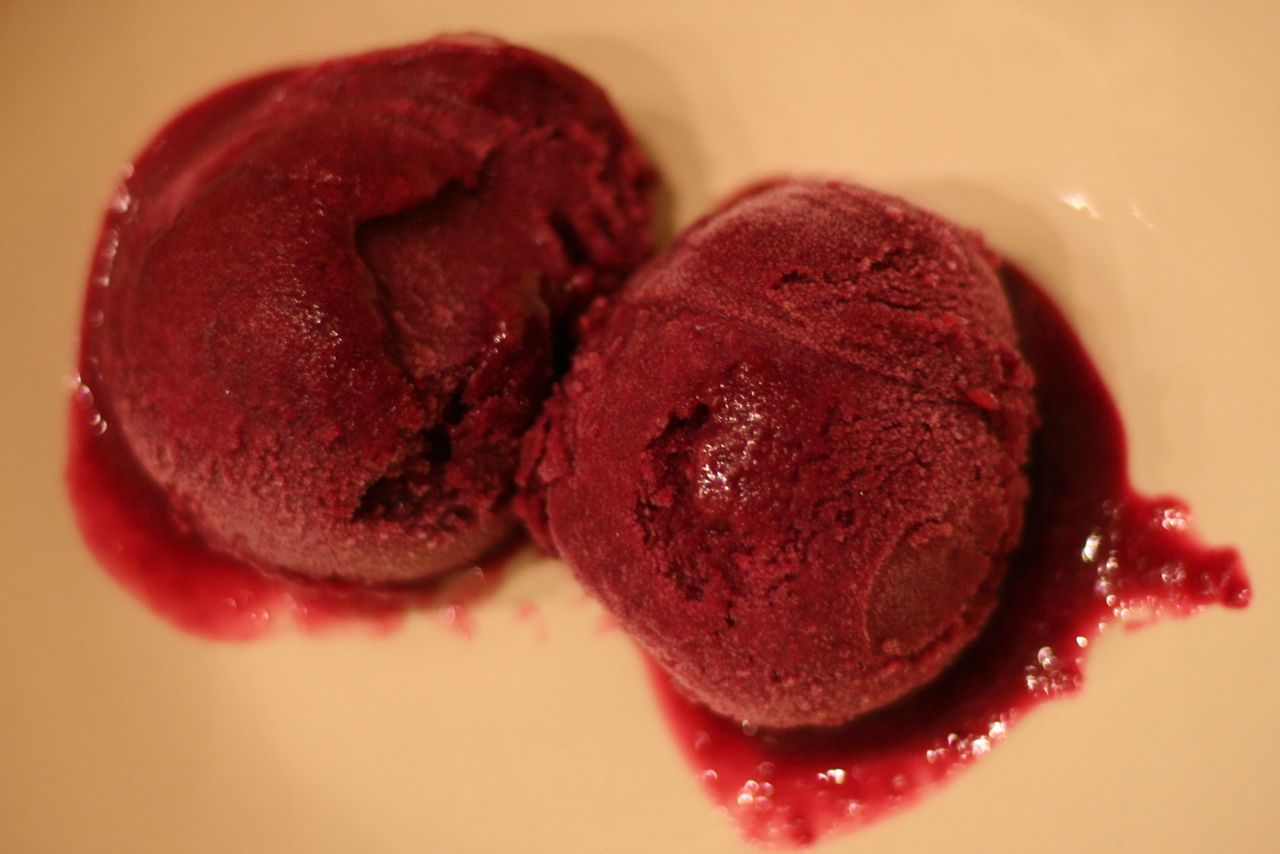 It’s a great year for plums. They’re literally dripping off the trees, and bumper harvests are even being
It’s a great year for plums. They’re literally dripping off the trees, and bumper harvests are even being 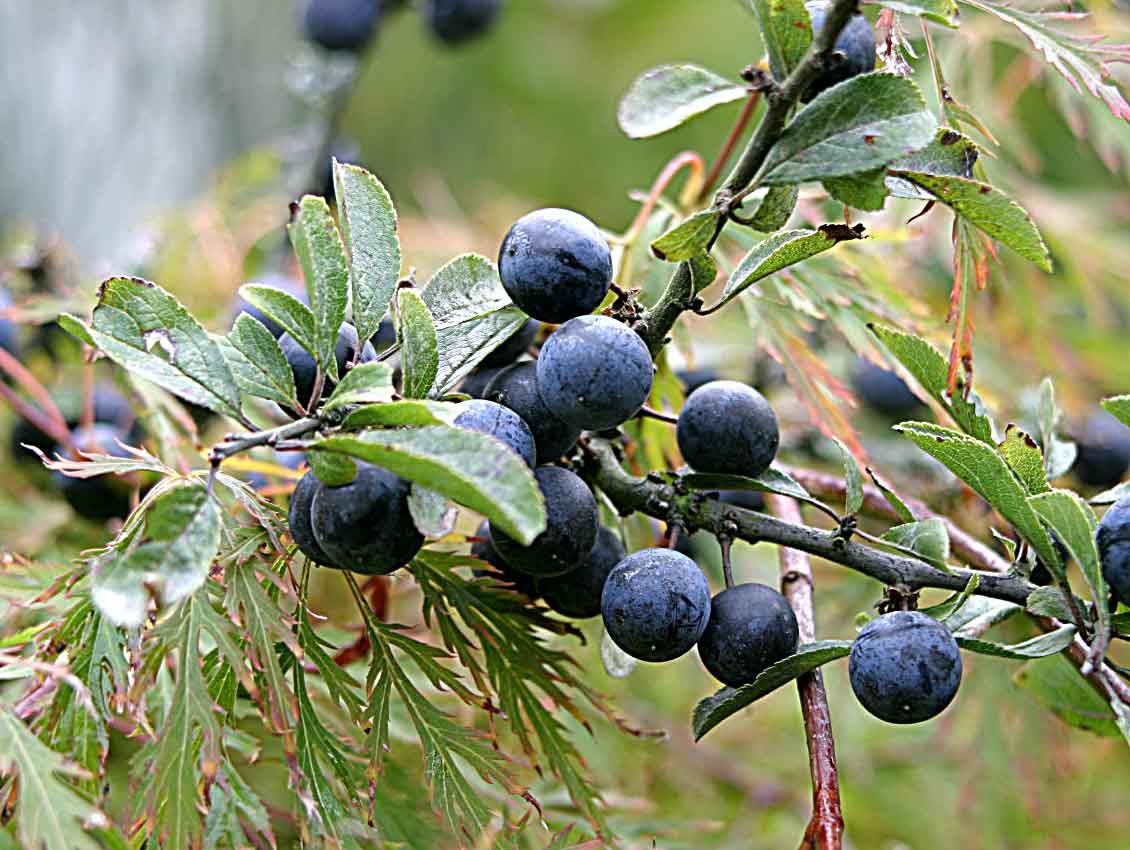 It was only after I got back from a long walk out to The Peacock, having gathered a box-full of sloes and with a thirst for G&T, that I discovered in Richard Maybe’s ‘Food for Free’, sloes for making sloe gin are best “after the first frost”. Oh well, I wouldn’t want to see them go to waste, so here is what I did with them…
It was only after I got back from a long walk out to The Peacock, having gathered a box-full of sloes and with a thirst for G&T, that I discovered in Richard Maybe’s ‘Food for Free’, sloes for making sloe gin are best “after the first frost”. Oh well, I wouldn’t want to see them go to waste, so here is what I did with them…
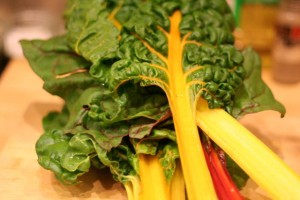 I nearly came to blows over chard today. My colleague insisting it was disgusting and that you might as well “eat mud”; me waxing lyrical about the virtues of chard stalks (“the worst bit!”) fried in sage butter.
I nearly came to blows over chard today. My colleague insisting it was disgusting and that you might as well “eat mud”; me waxing lyrical about the virtues of chard stalks (“the worst bit!”) fried in sage butter.